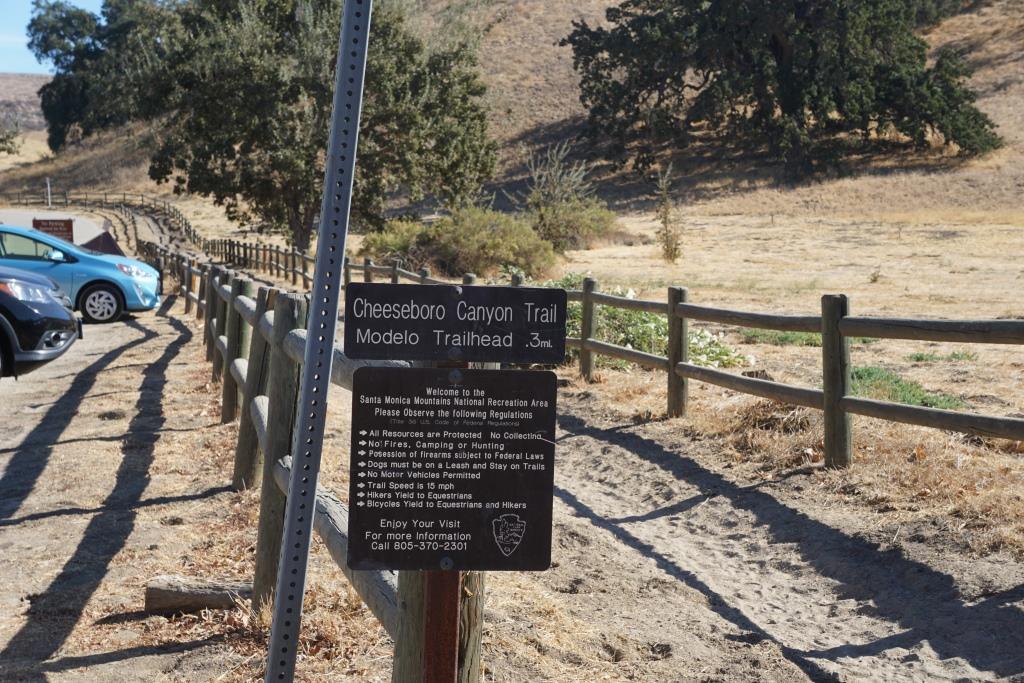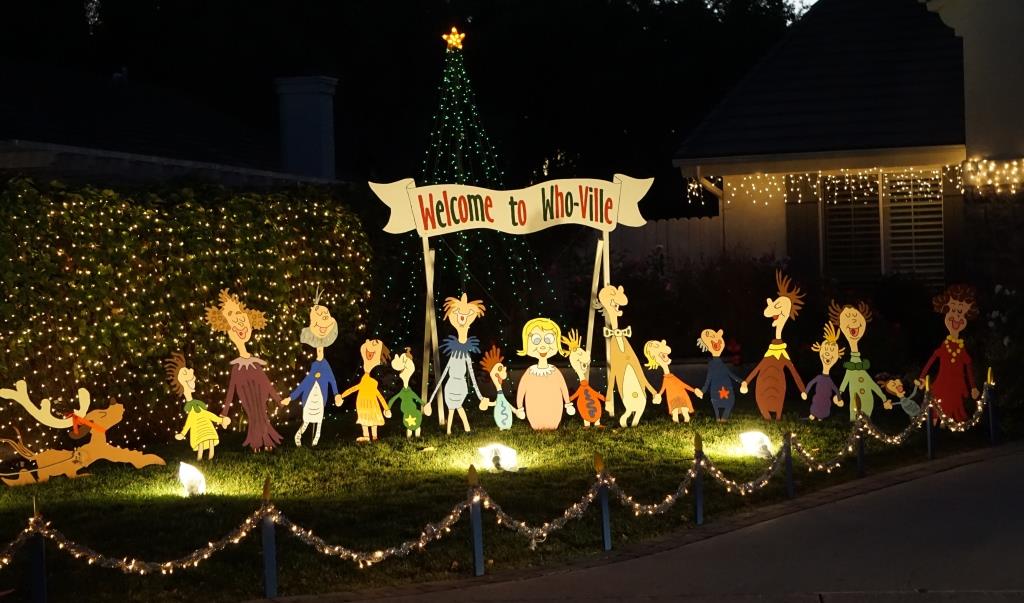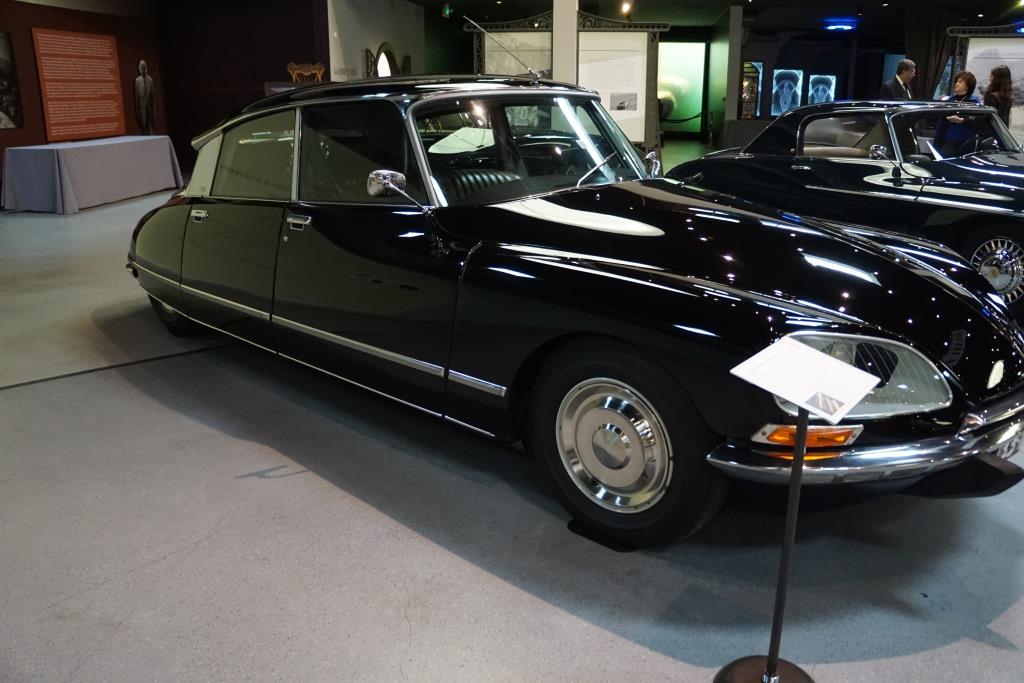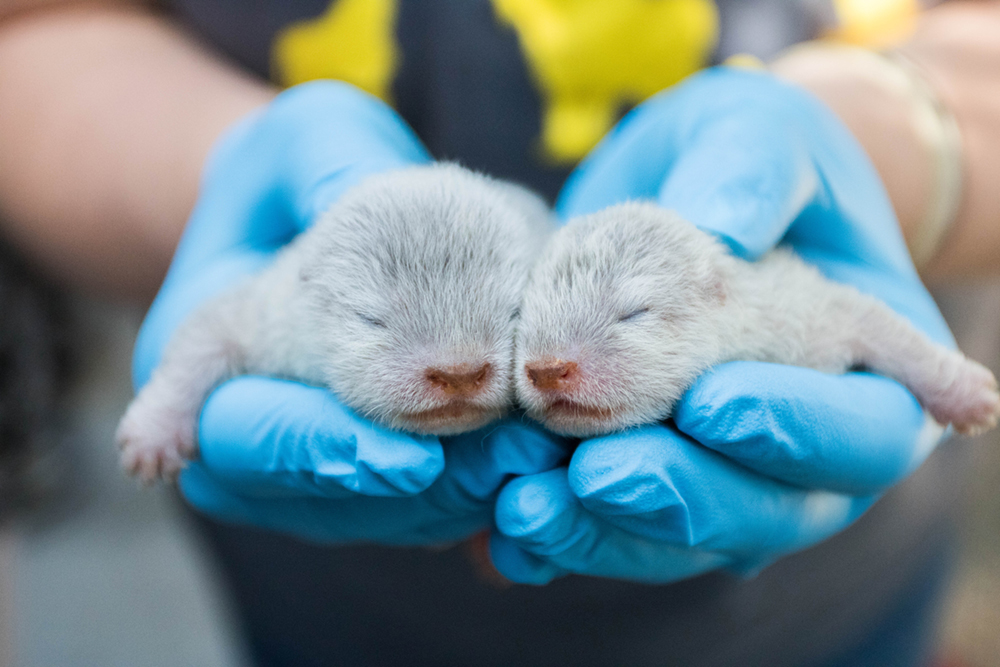Fran Pavley Meadow in the Liberty Canyon Wildlife Corridor in Agoura Hills
/In November 2016, the Mountains Recreation and Conservation Authority and the Santa Monica Mountains Conservancy announced it was purchasing the 71 acre Chesebro Meadow property in the Liberty Canyon Wildlife Corridor in Agoura Hills.
It was named the Fran Pavley Meadow, after the State Senator and former City Councilmember and Mayor of Agoura Hills.
This property will provide key connectivity to a proposed wildlife crossing over the 101 freeway in Agoura Hills.
The 71 acres supports a mix of chaparral, coastal sage scrub, grassland and oak woodland-savannah vegetation. It connects to the Cheeseboro Canyon open space managed by the National Park Service (and yes, we have Chesebro and we have Cheeseboro, a spelling mystery that I've never received a clear answer on!).
To get there, take Chesebro Road towards Cheeseboro Canyon and you'll see the sign on the right. Park off street or at the nearby Cheeseboro Canyon trailhead parking lot, which has plenty of spots and is adjacent to the meadow. You can also hike into Cheeseboro Canyon but take the path south (right) at the first fork in the trail.
You can park here at the Cheeseboro Canyon trailhead parking lot and either take this path into the canyon, to the fork, the veer right towards the meadow area, or you can walk down Chesebro Road to the Fran Pavley Meadow sign, then take the trail back for a couple mile loop.
You say Chesebro, I say Cheeseboro. It's all good!



























